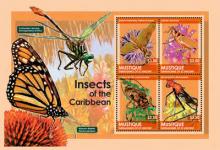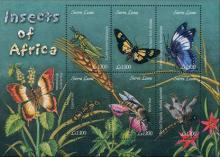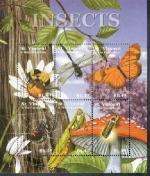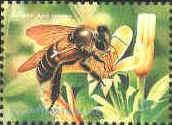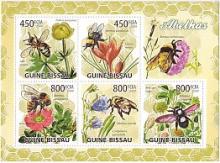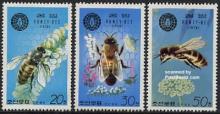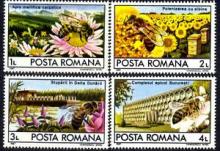Compatibility of Two Systemic Neonicotinoids, Imidacloprid and Thiamethoxam, With Various Natural Enemies of Agricultural Pests
Two systemic neonicotinoids, imidacloprid and thiamethoxam, are widely used for residual control of several insect pests in cotton (Gossypium spp.), vegetables, and citrus (Citrus spp.). We evaluated their impact on six species of beneficial arthropods, including four parasitoid species - Aphytis melinus Debach, Gonatocerus ashmeadi Girault, Eretmocerus eremicus Rose & Zolnerowich, and Encarsia formosa Gahan - and two generalist predators - Geocoris punctipes (Say) and Orius insidiosus (Say) - in the laboratory by using a systemic uptake bioassay. Exposure to systemically treated leaves of both neonicotinoids had negative effects on adult survival in all four parasitoids, with higher potency against A. melinus as indicated by a low LC50. Mortality was also high for G. ashmeadi, E. eremicus, and E. formosa after exposure to both compounds but only after 48 h posttreatment. The two predators G. punctipes and O. insidiosus were variably susceptible to imidacloprid and thiamethoxam after 96-h exposure. However, toxicity to these predators may be related to their feeding on foliage and not just contact with surface residues. Our laboratory results contradict suggestions of little impact of these systemic neonicotinoids on parasitoids or predators.

